Old celluloid films in good hands for festival
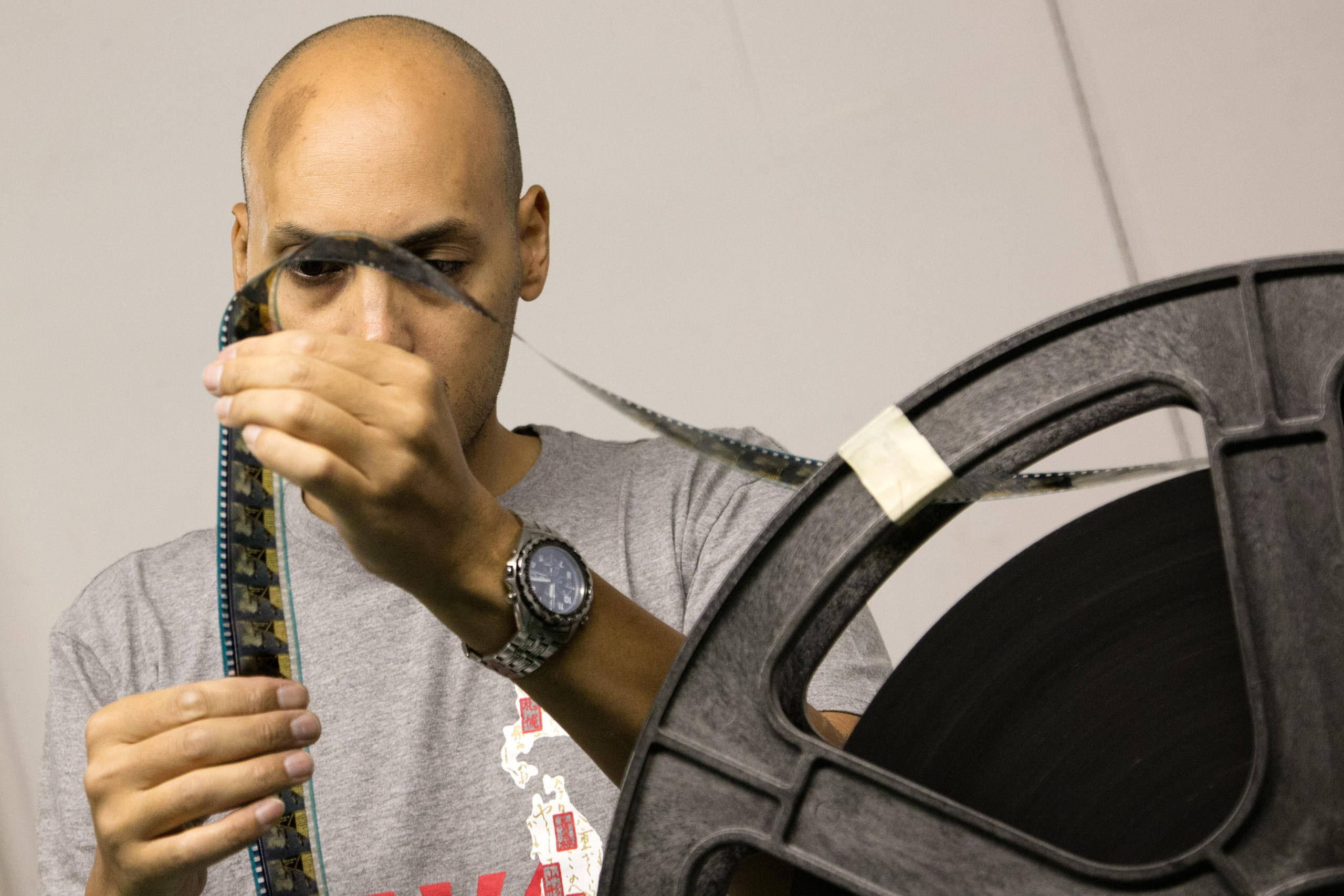
Dozens of 16mm or 35mm films are shown as part of the traditional retrospective at the Locarno festival every year. It’s a conscious choice to defend a dying art, but it means a major effort for a smaller festival.
The picture of recently deceased Italian actor Bud Spencer in “They Call Me Trinity” appears as if by magic in the light of a lamp. Davide Dalet’s gloved hand lets the strip of film rush back and forth. He puts his nose closer and checks the print carefully before rewinding the reel.
Dalet is looking for small faults which might be hidden between the frames: washed out colours, scratches, badly glued film tears or missing subtitles. His job is to examine all the 16mm and 35mm celluloid prints selected for the festival, making sure the copies are in good condition and ready for screening.
We’re in an underground bunker of the Palazzo Fevi cinema just a few days before the opening of this year’s Locarno film festival in southern Switzerland.
There are about 60 prints alone to be checked for the retrospective of films from post-war West Germany – about 250km of film (each film comprises an average of six 600-metre reels). Every single reel comes under the expert scrutiny of Marc Redjil and his team in charge of carrying out the print certification.
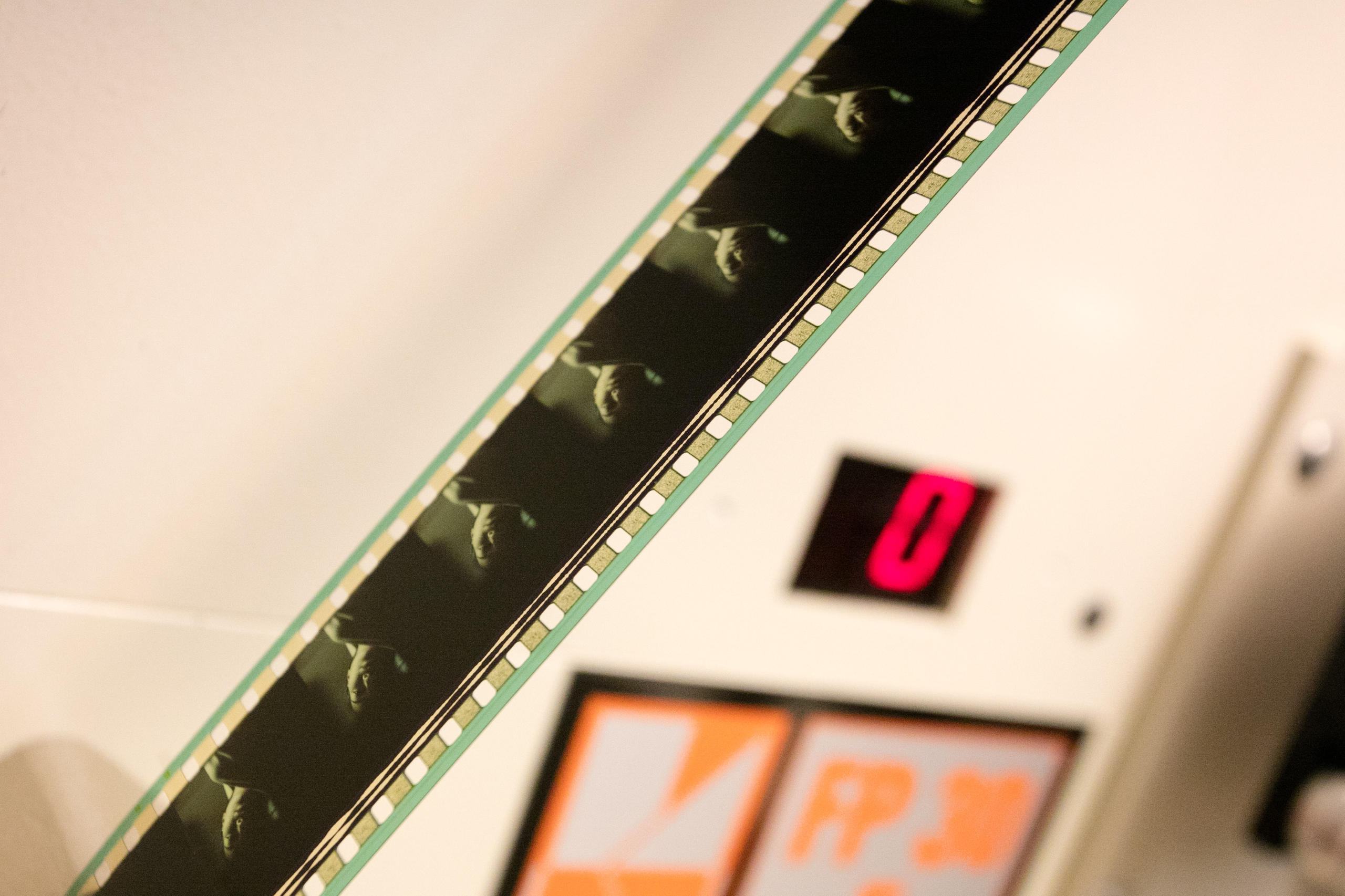
More
Dear old cinema
“We fill out a document which includes all the technical data such as the film format, the projection speed or the language of the subtitles as well as a list of possible faults,” says Redjil. “The procedure is repeated at the end of the festival before the prints go back to their owners.”
It is a painstaking task. The films screened at Locarno are in fact original copies and need to be handled with the utmost care.
‘Living object’
As film gives way to digital, the Locarno festival has decided to counter the trend. It continues to show films in their original celluloid versions – or analogue copies in the case of historical works – even if digitalised copies are available.
“We want to respect the intention of the director. But it’s an emotional choice too,” says Carlo Chatrian, artistic director of the Locarno festival.
“The celluloid print is almost like a living object, ageing with time and being subjected to it. In some ways the little faults and technical imperfections allow spectators to see how time passes, says Chatrian, who for many years used to curate the Locarno retrospectives.
It is also a decision to demonstrate that a projection in 35mm is not only a question of aesthetics but that it has a cultural value.
The ten-day festival on Lake Maggiore in southern Switzerland opens on Wednesday.
There are several Swiss films being shown this year, including “Marija” by Michael Koch and “La idea de un lago” (The idea of a lake) by Milagros Mummenthaler, both in competition for the Golden Leopard award.
Frédéric Mermoud’s “Moka” will be screened on the Piazza Grande’s open-air screen.
Two much-awaited films are being shown out of competition. A documentary on the controversial sociologist and former Swiss politician Jean Ziegler, and Jacob Bergers’s film “Un juif pour l’exemple” (A Jew must die) on Nazism in Switzerland.
Among the international film stars expected in Locarno this year are Alejandro Jodorowsky, Ken Loach, Roger Corman, Harvey Keitel, Bill Pullman, Howard Shore, Isabelle Huppert, Valeria Bruni Tedeschi and Mario Adorf.
“Ideally, the digitalised versions are exact copies of the original. But in reality, and primarily for economic reasons, the transformation is not always made with the necessary attention and information gets lost,” he adds.
Spare parts
It takes a major effort for a festival like Locarno, with its limited means, to continue to promote analogue versions of films. The necessary infrastructure has to be available.
“In the old days a copy was mounted on a single big reel,” explains Elena Gugliuzza, coordinator of the image and sound section.
“But in our case, working with the original film prints, we have to use five or six reels. For each cinema, we therefore need two projectors which work alternately. In other words, when you see the little dot on the screen, the second projector starts rolling to ensure a smooth switch over so the film narration continues seamlessly.”
However, it is getting increasingly hard and costly to maintain old projectors. One reason is that there is no longer an industry that produces spare parts.
“We don’t know whether it will be possible in the future to find for instance the correct lenses and lamps required,” says Gugliuzza. “Therefore we’re looking worldwide for spare parts to stock.”
Beside the infrastructure, there is also a risk that there are no experts left who can operate the projectors and produce the film prints in labs.
In the projection box
We find Pierre Ebollo in his tiny projection box of the Cinema Rex in Locarno. The African-born specialist is putting the finishing touches to the two old projectors for 35mm film. His hands and gestures betray a deep affection for his job.
Ebollo smiles warmly but he is not one to reminisce nostalgically. “Job requirements keep changing and we have to go with the flow – but without forgetting the past,” he tells swissinfo.ch.
He knows these old projectors like his own pockets and can operate the new digital machines just as easily. Ebollo started working as a technician and projectionist in the 1960s, first in his native Cameroon, later in France and for festivals around the world.
There is still a solid network of experts for festivals with the necessary know-how to handle old films. The question is for how much longer? There is no way of learning this trade in Switzerland or in other countries.
“It’s a serious problem,” admits Frédéric Maire, director of the Swiss Film Archives. “Because it takes just a small mistake or a badly kept projector to destroy a work of art.”
The International Federation of Film Archives examines ways of offering courses on an ad-hoc basis.
“The celluloid films are a niche market and they are a long way from dying out,” Maire says.
‘Extra kick’
Besides the treasured and archived copies which represent a century of film history, there are still a few directors who prefer to work with celluloid film.
Top festivals like Cannes and Berlin, but also Locarno, regularly show new films by directors who insist that their work be screened in analogue.
Quentin Tarantino, for instance, made it his personal crusade that a number of American and European cinemas installed 70mm projectors to show his film “The Hateful Eight” (2015).
But does the general public care? Locarno’s artistic director Carlo Chatrian is convinced.
“Festival goers are special. Seeing a 35mm film gives them an extra kick.”
Adapted from Italian by Urs Geiser

In compliance with the JTI standards
More: SWI swissinfo.ch certified by the Journalism Trust Initiative










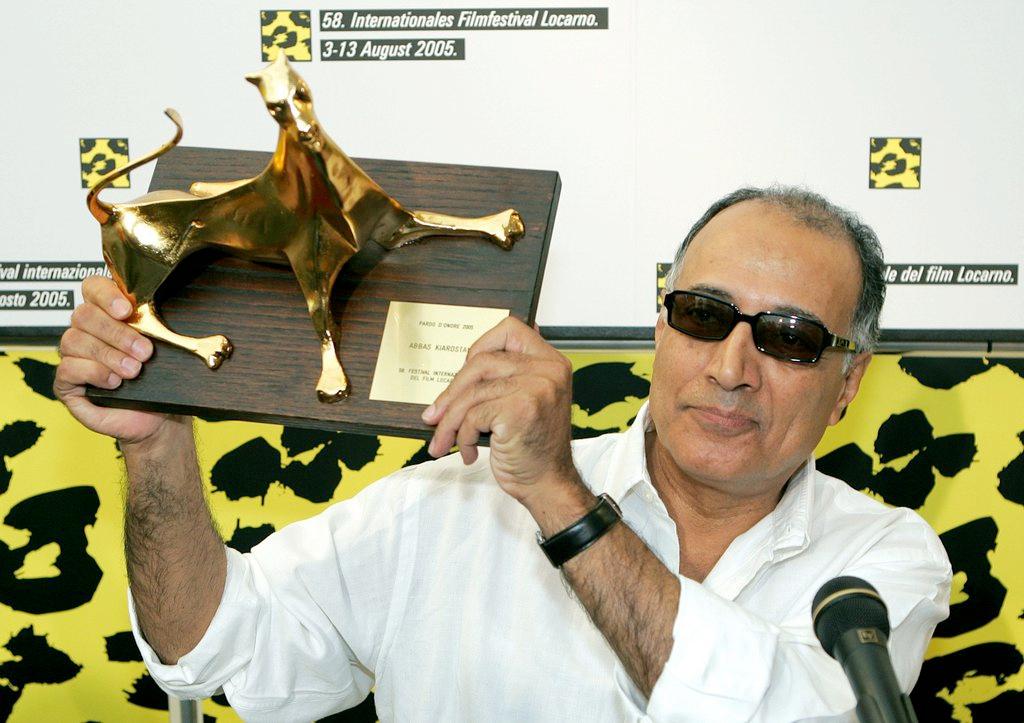
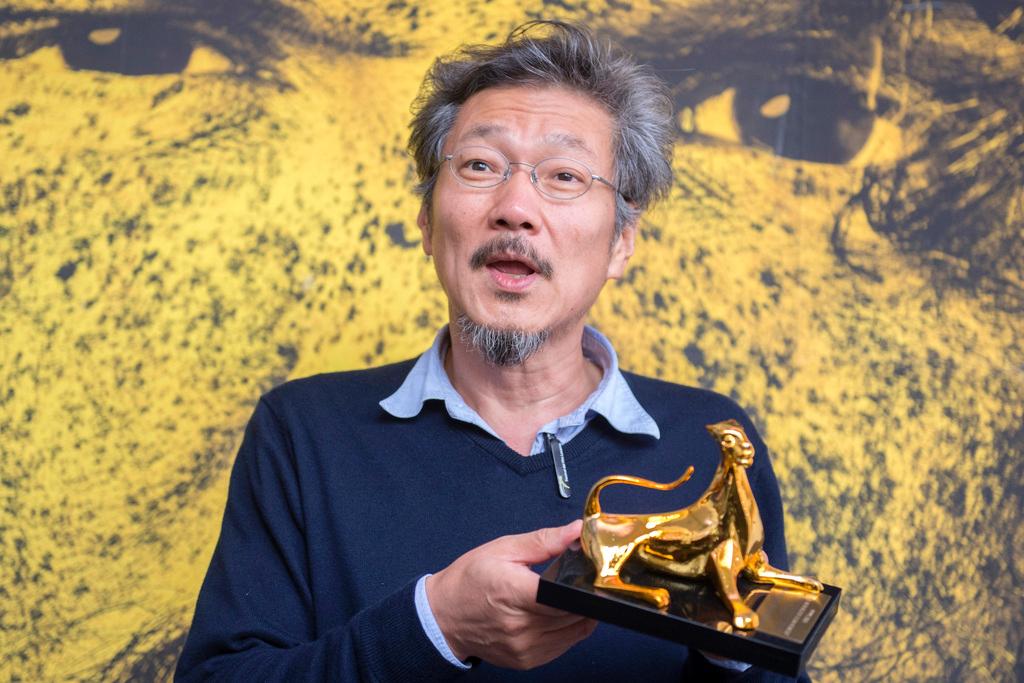
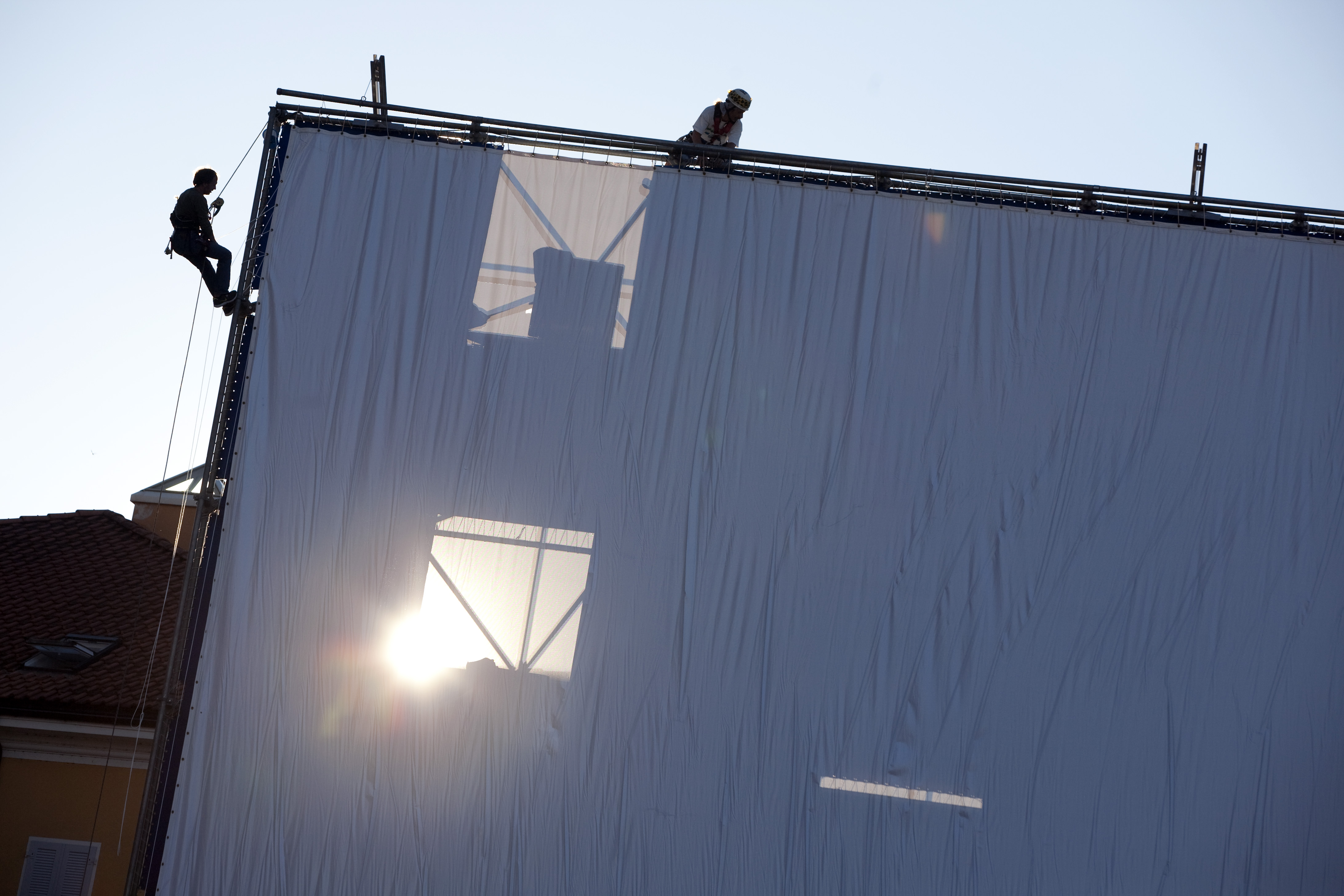

You can find an overview of ongoing debates with our journalists here . Please join us!
If you want to start a conversation about a topic raised in this article or want to report factual errors, email us at english@swissinfo.ch.